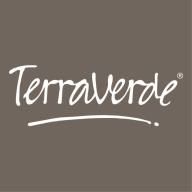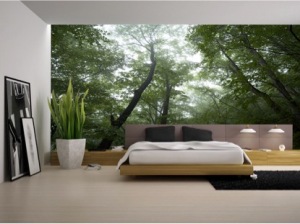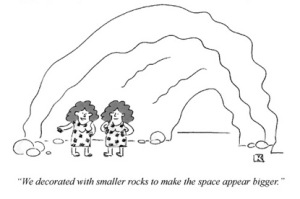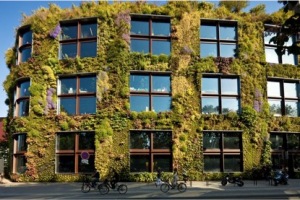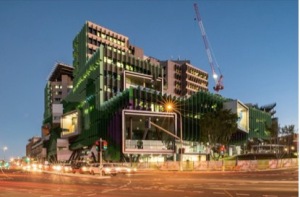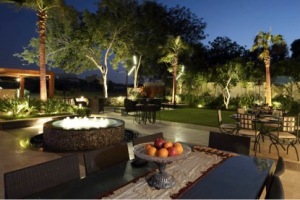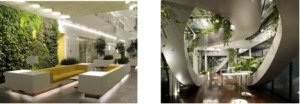As a British expat currently residing in Dubai, I am getting completely engrossed by the culture, atmosphere and climate of this fascinating part of the world. Adjusting to the Dubai lifestyle I notice there are plenty of differences between the UAE and the UK, the weather certainly being one of them. With these differences, in contrast come plenty of similarities. I can still run to Marks and Spencer’s to do my weekly shop and of course, if I want a taste of home, Fish and Chips is widely and readily available. The most noticeable similarity between Dubai and more specifically London is the extortionate prices for properties.
Rent and house prices are very expensive in Dubai but it was highlighted in local news recently that you could buy property in Dubai for as cheap as you could back in 2008!!! It appears now is the time to get on the property ladder and grab yourself in some way, a bargain. This got me thinking. Putting myself in the shoes of a seller in a market were house prices are dipping as low as 7%, how can you make up for lost ground in real estate? Well one avenue to explore is the influence your garden has on the value of your home.
This isn’t just an issue in the Middle East, these price dips occur all over the world and there are constant peaks and troughs. It’s a universal issue which is forever changing and by making a few changes to the outdoor landscape of your home, you could make some profit in the process. Let’s take a look at a few points or alterations you can make to your garden in order to increase the selling price of your property.
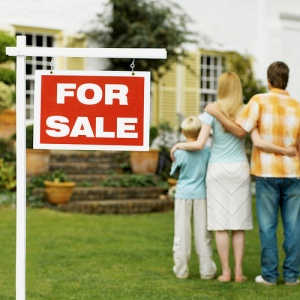
1. Trees
Yes they may be difficult to get hold of, not that easy to install (unless you get a good landscaper that is), if you have one already, whatever you do don’t chop it down. They don’t just look natural and add “rustic charm”; they also have numerous unseen benefits which can make a positive impact! For one, they suck up water running off your property preventing pollutants entering community walk ways as well as dampness. Obviously, like all tress and plant life, it’s well known they reduce levels of carbon dioxide which contributes to climate change, but there have also been numerous scientific studies to show that they can relieve stress and anxiety, proving to add further health benefits.
Most importantly and this is where monetary value comes in, they act as a wind break, provide shading in the summer and insulation in the winter. It’s suggested by the U.S. Department of Energy that they can reduce winter heating bills by 15% as well as air conditioning needs by 75%. That’s some saving for just a couple of trees! Did I also mention they look pretty?
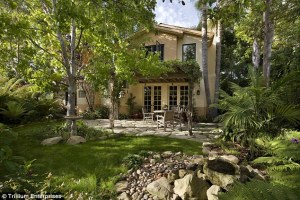
2. Plants and Flowers
Whether you’re a keen gardener or not, there’s no question that plants and flowers add a nice variety of colours, shapes and textures to your home’s exterior. It’s imperative that both the front and back garden (if you have two that is) are clean, fresh and well kept. I used to work in real estate as a sales and lettings negotiator and I have also rented countless properties so I speak from experience, although this is a bit of a cliché, I understand that first impressions DO certainly last the longest. In fact it’s the only impression so it’s important this is taken into account when taking your garden into consideration. Fill your front garden with bright coloured flowers. Wherever you are in the world make sure that the plants are native. Indigenous plants do not require as much attention or TLC.
In the back garden take a slightly different approach, you need to emphasize space. Don’t over fill with plants, flowers, shrubs, ground covers or trees. Obviously have a few for aesthetics, but don’t compromise the space that’s available. People want the back garden to be a bit of a blank canvas. The back garden is always the “private area” and is scalable to the individual. You couldn’t possibly take into account the tastes of the potential buyer, or know whether they; have kids, have a disability, have pets, want a Jacuzzi, require a shed, like eating outdoors, or other aspects which could influence how they would want the mould their back garden. The one thing everyone wants is space. Space to make their own statement. The more available (or seemingly available) square meters, the bigger the increase in value.
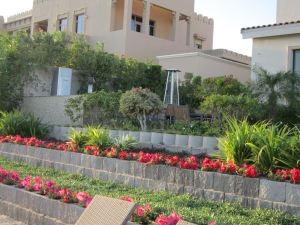
3. Hardscaping and Fencing
It may sound slightly primitive but one thing that is neglected quite often when selling properties is the fencing. Fencing isn’t just neglected when selling a property but also whilst it’s being lived in. I speak from experience as it took years for my Dad to finally get the motivation to varnish the back fence! It’s just not a top priority. It may not be as important as the garden itself or the interior (like the kitchen and bathroom which are maybe the biggest selling points) but it does have underlining qualities. As mentioned earlier your back garden is your “private area”, fencing keeps it private. It keeps pets in, nosey neighbours out, or worse, burglars. I don’t think there is an obvious or direct link between the types of fencing you use to the overall house price. Don’t go crazy, I’m not asking for the Great Wall of China, just a nice newish fence that’s not chipped or falling down, that should do the trick and it will fulfill its duty.
If there are inconsistencies with the levelness of the exterior landscape, retaining walls and terracing help restore balance for sections that are only good for grass or ground covers both of which are hard to maintain. If there’s a steep gradient, additionally they can control erosion and surface runoff by slowing the flow of water running down the slope. Like softscaping, they also add colour and texture to wide stretches of green, which would otherwise be flat.
Walkways and footpaths welcome guests (or buyers in our case) to your home. There’s nothing worse than putting on your new crisp white trainers or a pair of expensive suede shoes only to get them covered in dirt walking along wet grass or even worse, mud! So frustrating and it wouldn’t be a good start to an open house or viewing. I’m sure that if you asked most people would you rather walk along a nice pathway or trail through wet grass to your front door, I guarantee they wouldn’t go with the latter. Give them an option to walk on grass, don’t force them.

4. Presentation and Tidiness
In my opinion another essential feature of the outdoor area is the lighting. This isn’t just a practical requirement that ticks a box on a list of health and safety checks. Of a night this helps steer visitors to the focal point which in most cases is the front door. It gives the property a classy style that most homes don’t employ and can highlight key features which would otherwise be unknown during the day and definitely unseen of a night. When you bare in mind that private viewings don’t always take place in daytime, as most potential buyers will be working, it’s key to make the house look as vibrant as possible in the dark, particularly the garden areas. In the same way that fencing helps prevent unwanted intruders, so does lighting. It’s well-known that effective lighting can reduce burglaries. For most families, safety sells.
These are all essentially just some suggestions. Some fairly easy and straight forward to implement, others a little more costly and time consuming. All will add value and will assist in giving you an attractive garden, in turn giving you that wow factor, which will ultimately increase the chances of a sale. These ideas however, whether you implement them or not will be totally eradicated if you don’t keep your garden well tidied and well maintained. You can have all the best lighting installed, new fencing, colourful plants, trees and nice marble footpath, but if you don’t clean it or at least look after it, then it renders all this hard work pointless. Leaves and litter put in the bin, a quick dust pan and brush will solve that problem. Do not leave the kids garden toys lying around as that is an accident waiting to happen and if you don’t have green fingers yourself, get a cheap local landscaper to trim the place making sure it’s well kept. Job done!
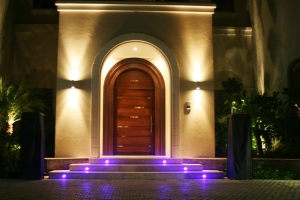
Many thanks
Christopher Parker
Sales and Marketing Executive
TerraVerde ®
Get in touch via our twitter page:
@TerraVerdeUAE

